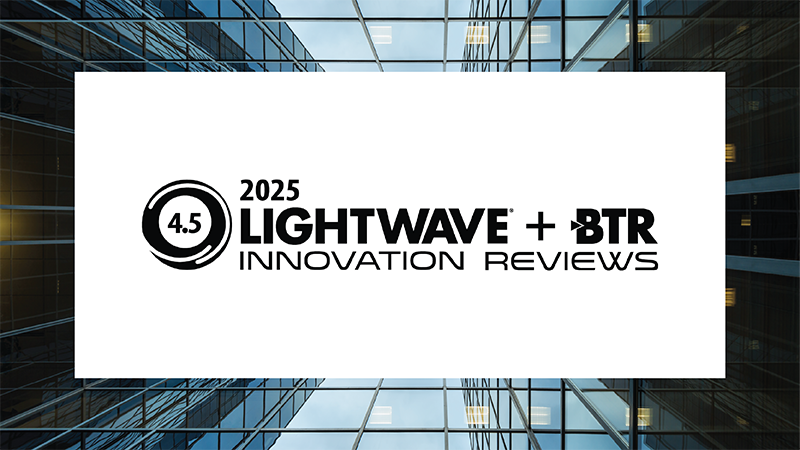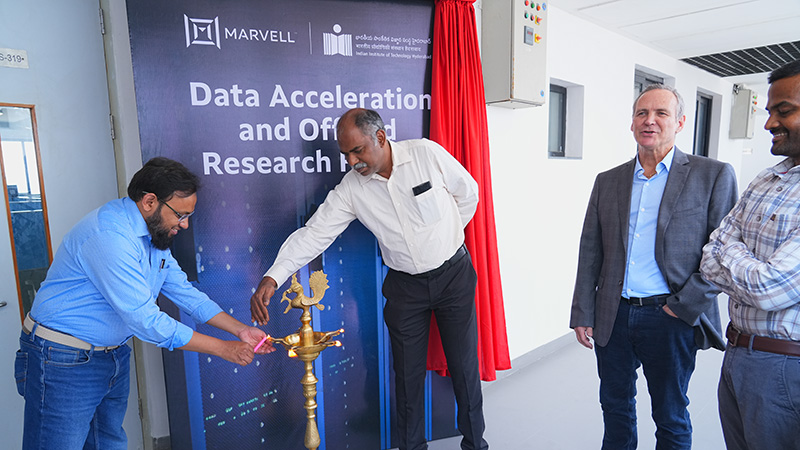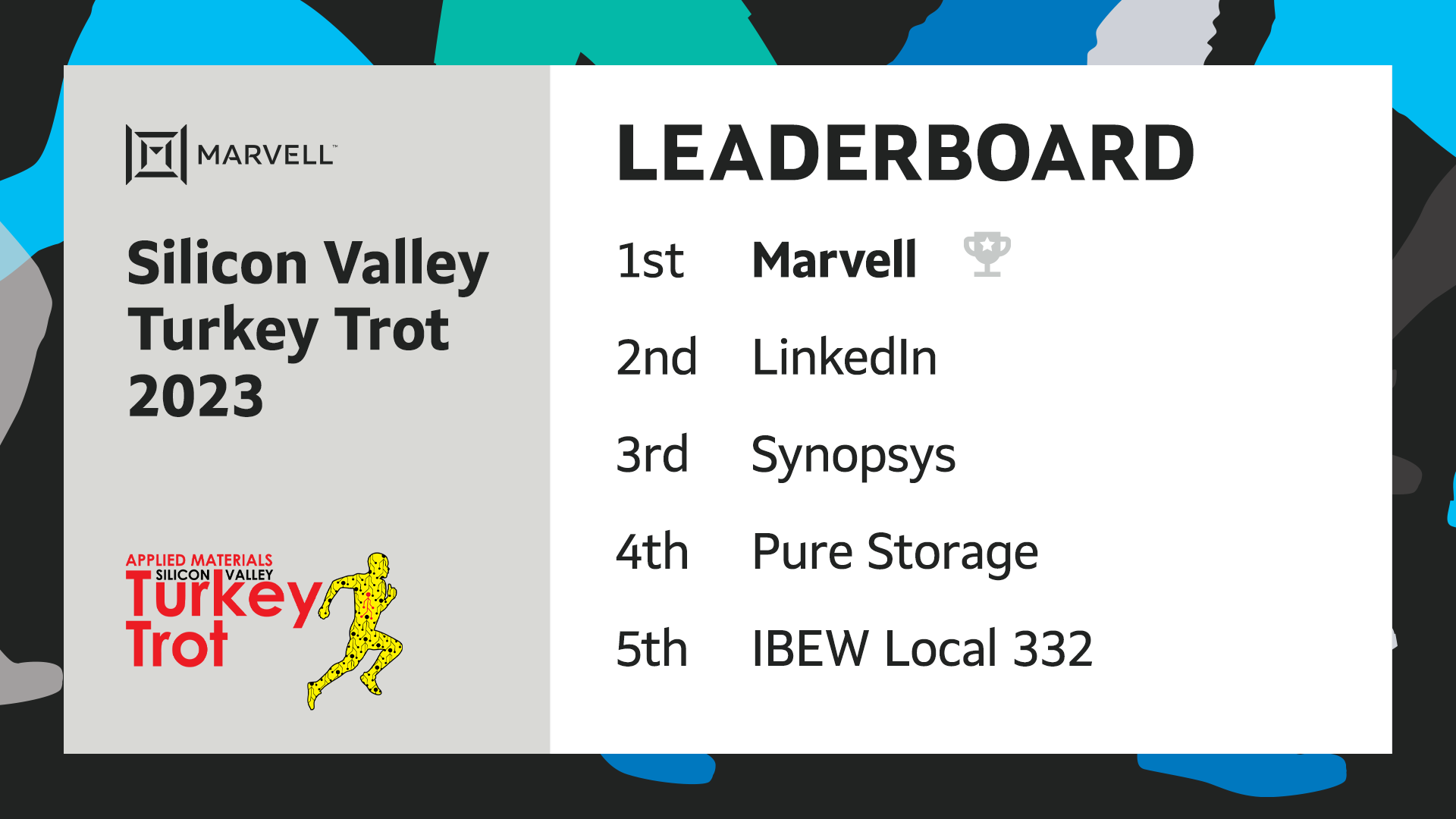


Marvell has once again been honored with a variety of Lightwave+BTR Innovation Reviews high scores. A panel of experts from the optical communications community recognized five products from Marvell’s portfolio as among the best in the industry.
“On behalf of the Lightwave+BTR Innovation Reviews, I would like to congratulate Marvell on again achieving a well-deserved honoree status for multiple products,” said Lightwave+BTR Editor-in-Chief Sean Buckley. “This is a very competitive program allowing us to showcase and applaud the most innovative products that significantly impact the industry. It says a lot that Marvell is consistently recognized by these experts for its innovation.”

Lighting the way! Marvell SVP Cary Ussery, CSE HOD at IIT Prof. Anthony, Marvell AVP Prasun Kapur, IITH Faculty Lead Dr. Praveen Tammana, and Marvell Director Abed Kamaluddin inaugurate a new chapter in the Marvell-IITH collaboration.
Did you know that India is estimated to have about 20% of the world’s chip design workforce? This design expertise continues to expand with strategic investments in workforce education and development.
To that end, Marvell and the Indian Institute of Technology Hyderabad (IIT Hyderabad) have launched the Marvell Data Acceleration and Offload Research Facility, focused on advancing network, storage, and security technologies to raise the performance of accelerated infrastructure.
An inaugural reception was held with more than 150 students, staff, and faculty members attending. The event unveiled the research facility and the OCTEON server cluster in the data center.
The Marvell research facility, the first of its kind globally, provides students, researchers, and industry professionals with access to cutting-edge Marvell data processor units (DPUs), switches, compute express link (CXL) processors, network interface controllers (NICs) and other technologies for accelerating how data is secured, moved, managed, and processed across AI clusters, clouds and networks. Industry research estimates that up to one-third of the time spent in AI/ML processing can be consumed by waiting for network access. A key element of the facility is access to Marvell comprehensive software solution frameworks optimized for developing solutions that take advantage of packet processing, cryptography, and AI/ML accelerators integrated in Marvell silicon.
This article is the final installment in a series of talks delivered Accelerated Infrastructure for the AI Era, a one-day symposium held by Marvell in April 2024.
AI demands are pushing the limits of semiconductor technology, and hyperscale operators are at the forefront of adoption—they develop and deploy leading-edge technology that increases compute capacity. These large operators seek to optimize performance while simultaneously lowering total cost of ownership (TCO). With billions of dollars on the line, many have turned to custom silicon to meet their TCO and compute performance objectives.
But building a custom compute solution is no small matter. Doing so requires a large IP portfolio, significant R&D scale and decades of experience to create the mix of ingredients that make up custom AI silicon. Today, Marvell is partnering with hyperscale operators to deliver custom compute silicon that’s enabling their AI growth trajectories.
Why are hyperscale operators turning to custom compute?
Hyperscale operators have always been focused on maximizing both performance and efficiency, but new demands from AI applications have amplified the pressure. According to Raghib Hussain, president of products and technologies at Marvell, “Every hyperscaler is focused on optimizing every aspect of their platform because the order of magnitude of impact is much, much higher than before. They are not only achieving the highest performance, but also saving billions of dollars.”
With multiple business models in the cloud, including internal apps, infrastructure-as-a-service (IaaS), and software-as-a-service (SaaS)—the latter of which is the fastest-growing market thanks to generative AI—hyperscale operators are constantly seeking ways to improve their total cost of ownership. Custom compute allows them to do just that. Operators are first adopting custom compute platforms for their mass-scale internal applications, such as search and their own SaaS applications. Next up for greater custom adoption will be third-party SaaS and IaaS, where the operator offers their own custom compute as an alternative to merchant options.
![]()
Progression of custom silicon adoption in hyperscale data centers.
By Sandy Rodriguez, Corporate Staff Professional, Philanthropy, Marvell
Marvell is excited to be named “Fittest Firm” in the annual Silicon Valley Turkey Trot for the eighth consecutive year. Since 2016, Marvell has sponsored the Fittest Firm Competition and earned this title with the largest number of employee registrants in the largest firm category.

The biggest Thanksgiving Day race in America, the Silicon Valley Turkey Trot draws thousands of runners, joggers, and walkers to join in healthy activities on the holiday while contributing to the less fortunate in our community. Marvell had a total of 894 employees participate in the Turkey Trot this year. Since its inception in 2005, the event has donated $11.2 million and collected over 250,000 pounds of food for several local charities.
By Mary Gorges, Content Manager, Talent Branding, Marvell
At Marvell, we strive to create a culture of inclusion and belonging, where everyone feels welcomed, can share different perspectives, and work together to achieve a common goal. Veterans Day on Saturday, November 11 is an opportunity in the U.S. to honor the brave individuals who have selflessly served our country and to express our deep gratitude for their dedication and sacrifice.
In recognition of Veterans Day, let’s hear from military veteran Joseph Goodearly, who’s been at Marvell for 18 years in our Storage business. He shares his perspective on what this day means for him and the military lessons he learned that have helped him in his post-military career.
Join us in celebrating and honoring the contributions of our veterans and those currently serving in active duty around the world.
Copyright © 2025 Marvell, All rights reserved.
